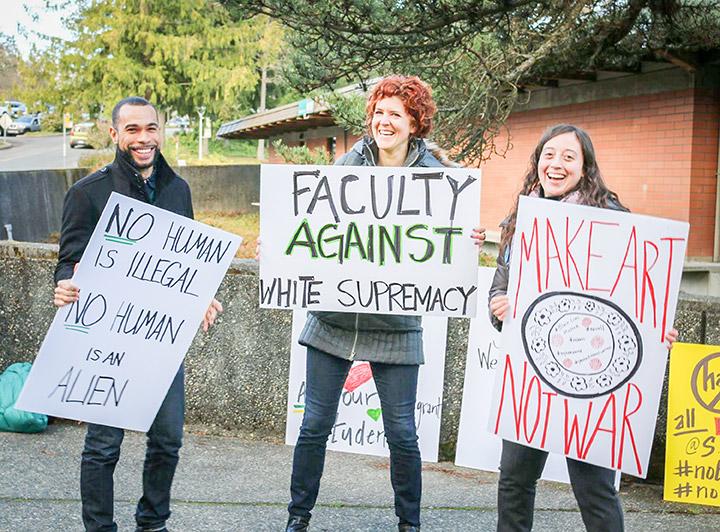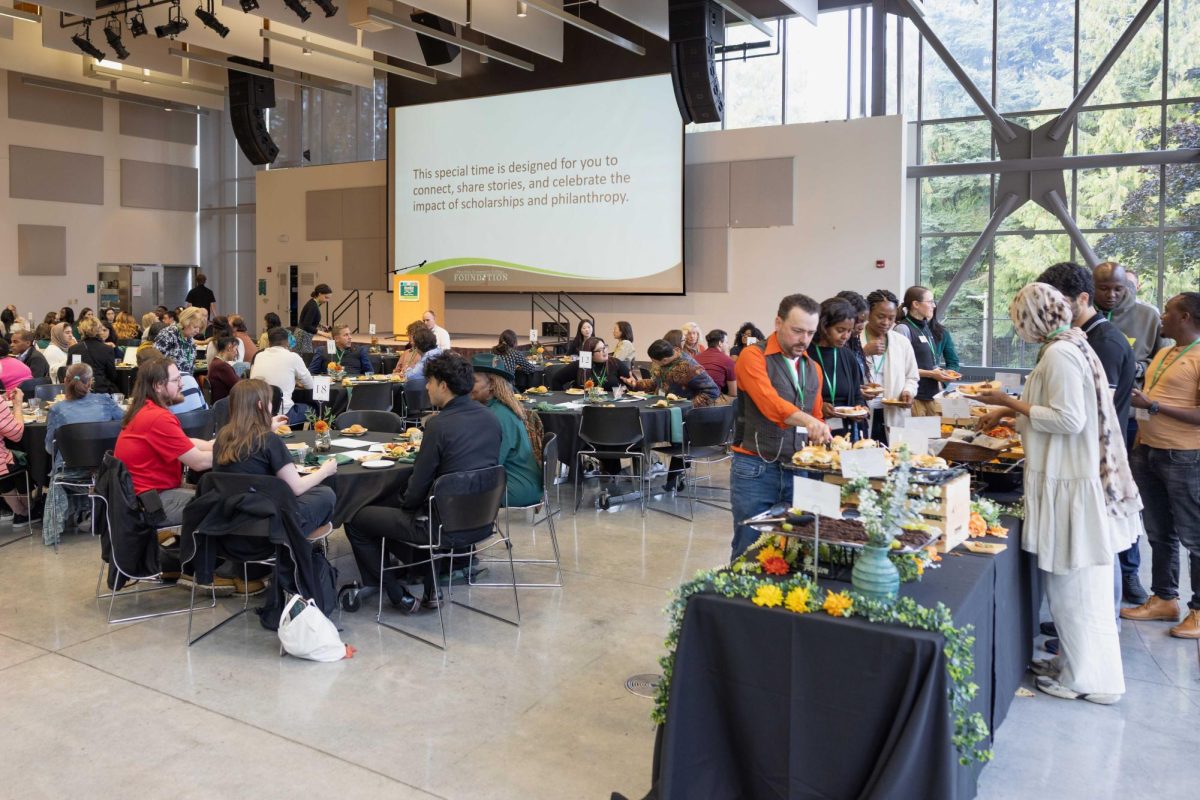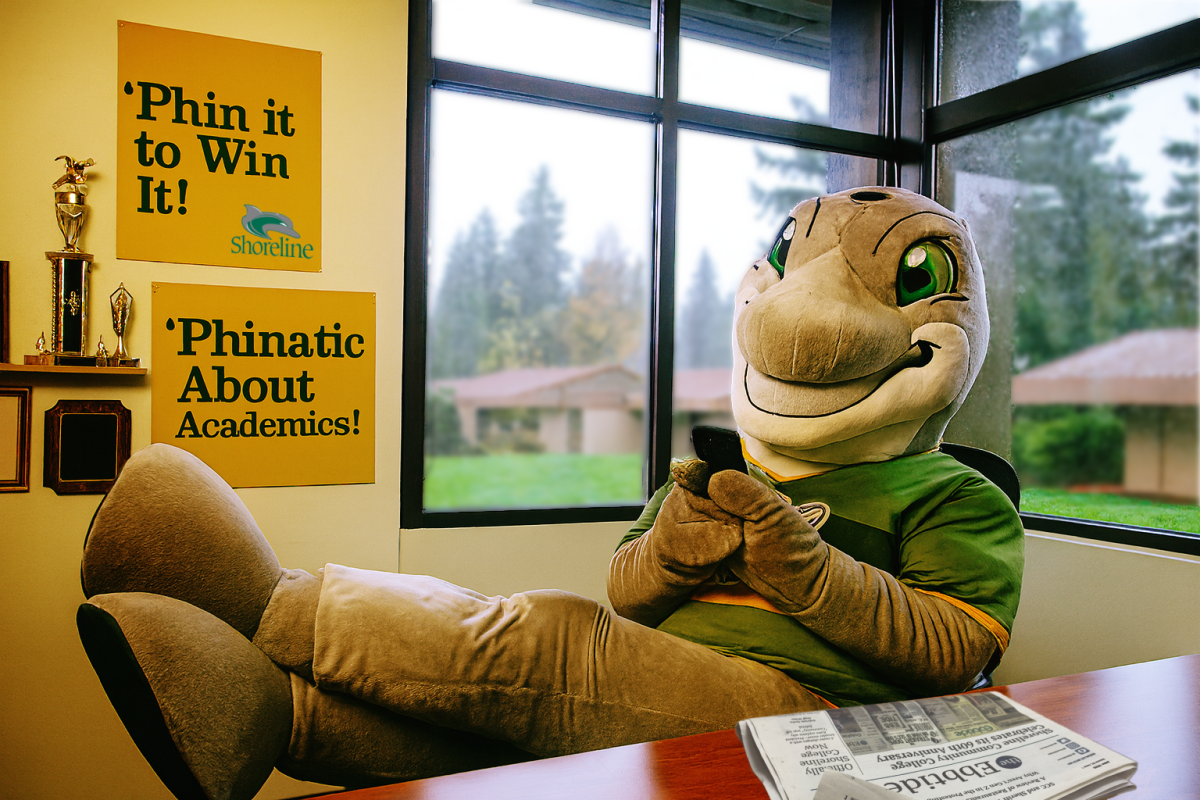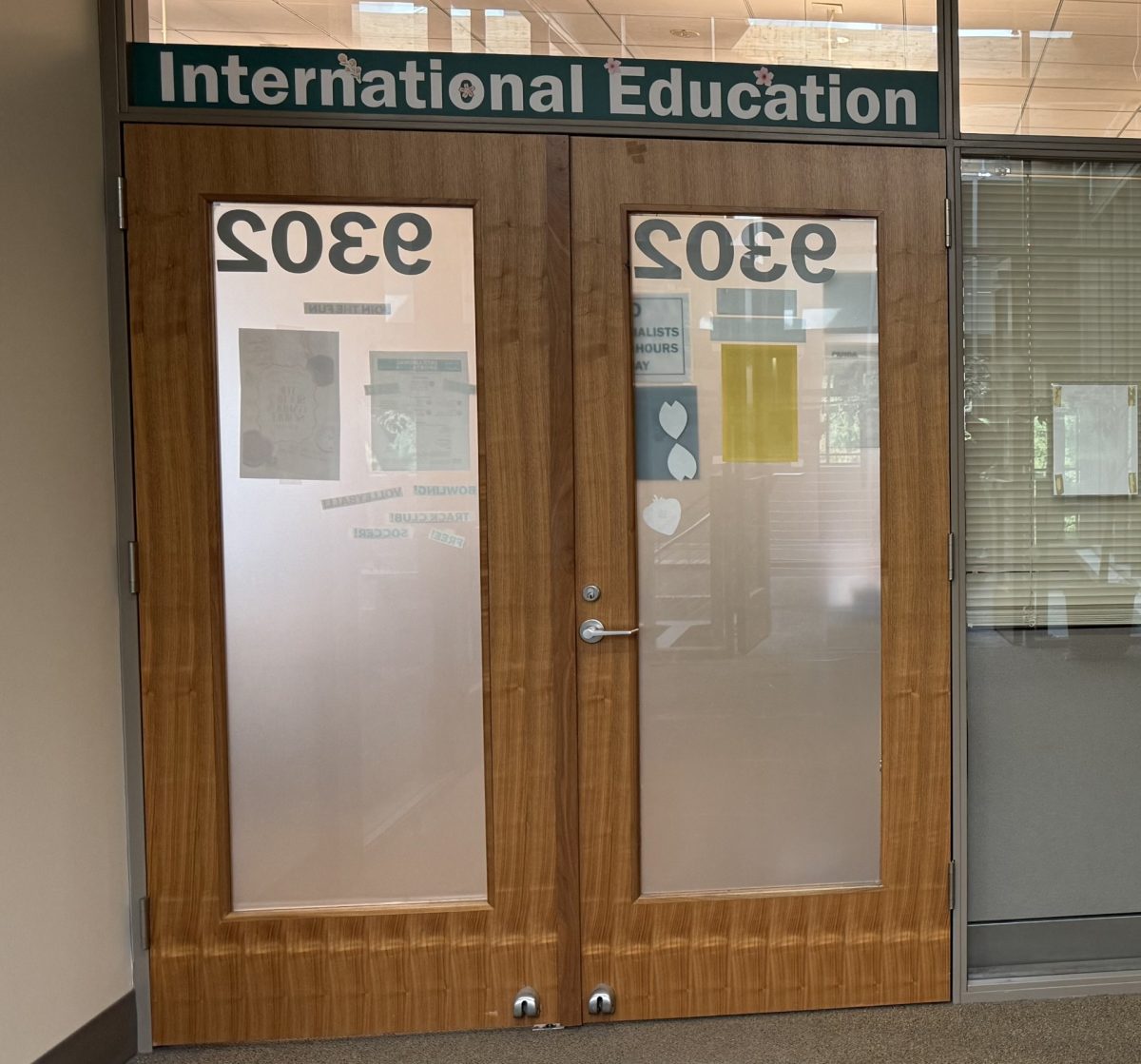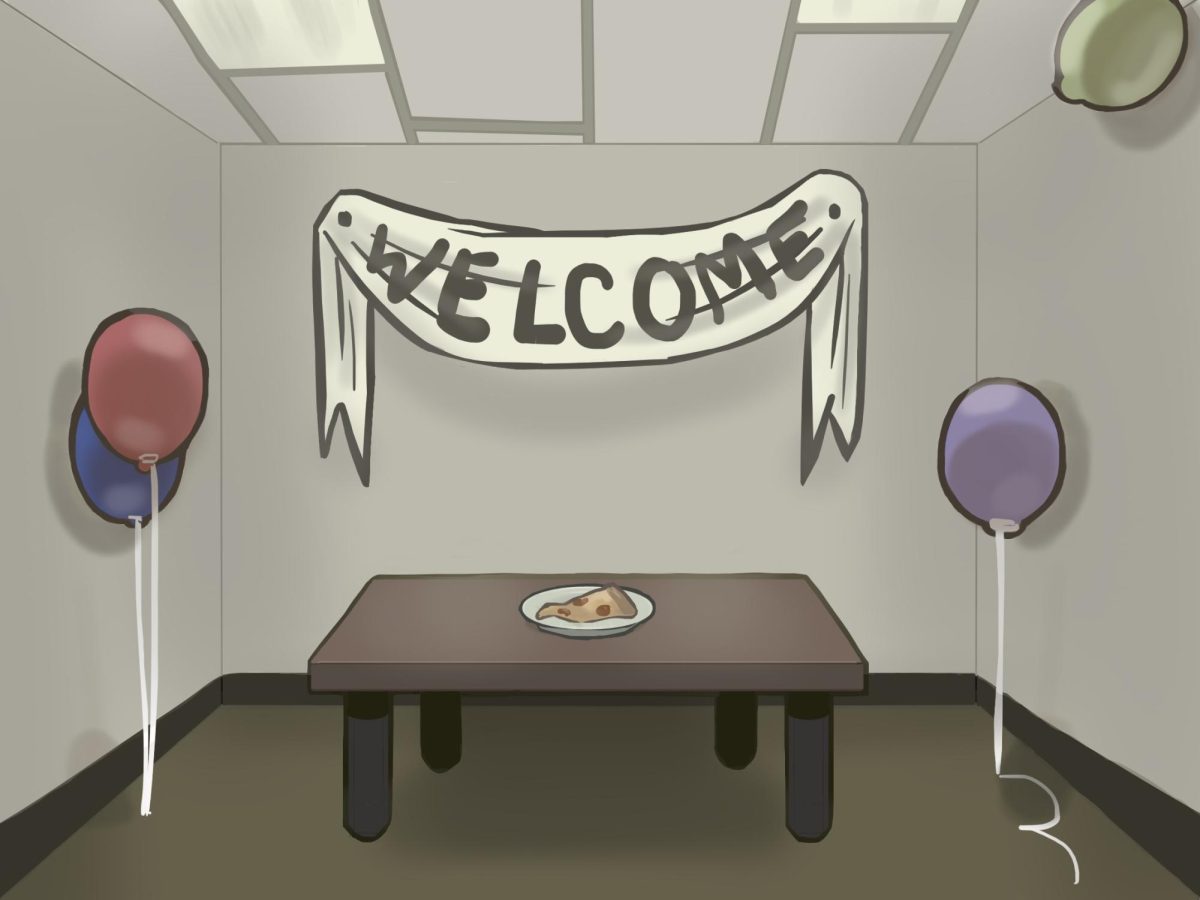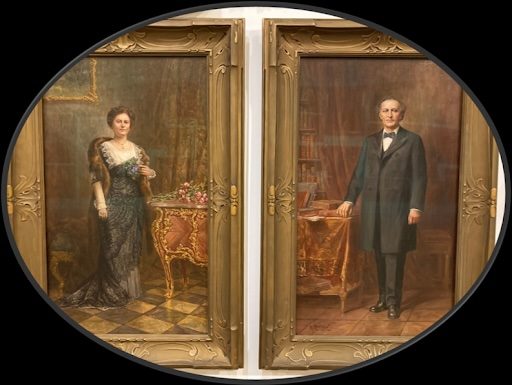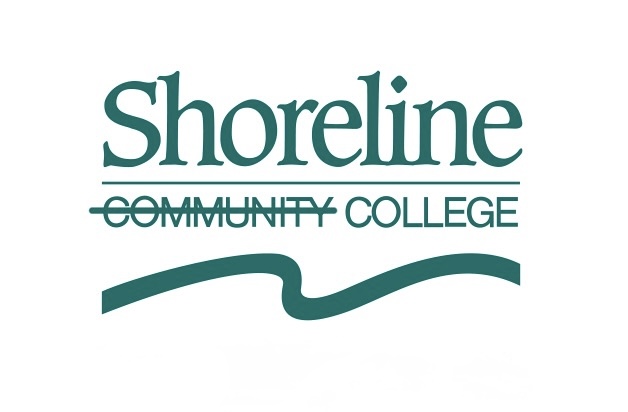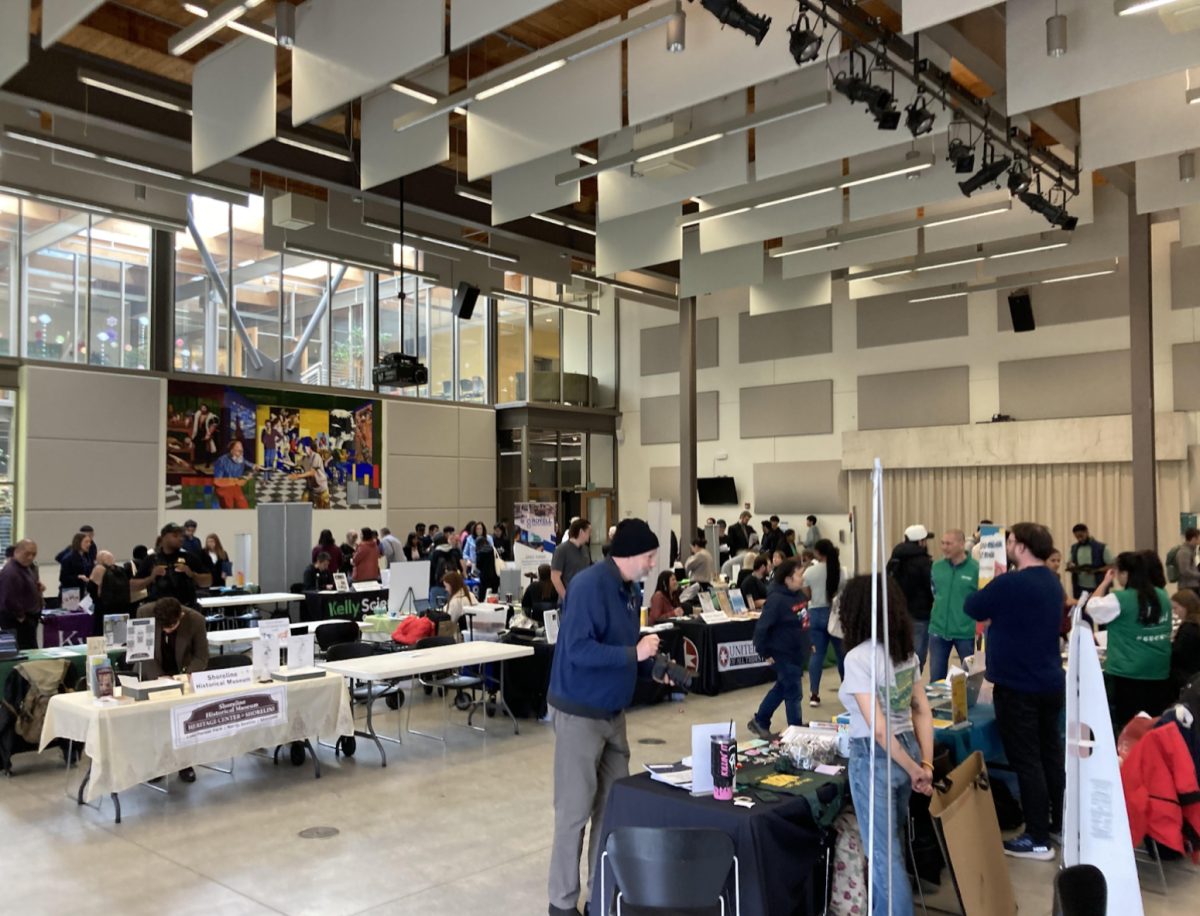Pastries, coffee and what SCC’s Facebook page calls “some smilage” — you can expect all these on the first week of every quarter at SCC, aka Welcome Week.
In spring 2017, there were efforts to be even more welcoming.
#YouAreWelcomeHere
#YouAreWelcomeHere is a national campaign brought to SCC by the International Education (IE) department.
According to Samira Pardanani, the Director of Admissions & Student Services in the IE department, SCC joined the campaign to “proactively address concerns that we (SCC’s IE department) were starting to hear about from international students and their families.”
At SCC, this campaign started with a video. In it, faculty, staff and students explain that SCC values all students, “no matter where you’re from.”
The national #YouAreWelcomeHere campaign addresses international students. According to Pardanani, SCC’s president, Cheryl Roberts, wanted to broaden its scope for SCC to welcome students of all races, religions, nationalities, sexual orientations, gender identities, socioeconomic statuses and abilities.
“I think the video turned out to be really powerful because it aligns perfectly with the college’s Community Standard,” Pardanani says.
SCC’s Community Standard, which describes the school’s values, is also tied to the campaign because it is featured on #YouAreWelcomeHere signs across campus. The messages on the signs, such as “When one of us is diminished, all of us are diminished,” are segments of the Community Standard.
There are also buttons featuring the hashtag, and T-shirts with a still from the video, and the message #YouAreWelcomeHere. They are on sale at the bookstore, and will soon be offered for free to students through Student Life.
Faculty Are Involved
On the Monday of Welcome Week, students stopping by for coffee, pastries and smilage, probably also saw faculty and staff holding signs.
The signs had hand-lettered slogans, such as “NO human is illegal. NO human is an alien” and “Faculty against white supremacy.”
According to Davis Oldham, who is an English teacher at SCC and participant in the event, this was a response to local incidents and a national “rise in xenophobia and hate crimes that seem to be promoted by the recent election.”
Oldham says there was a sighting of a person wearing white power insignia on campus during winter quarter, which lead to a lot of discussion among faculty. He says there was agreement that something needed to be done, but disagreement about what.
Maya Smorodinsky, an SCC English teacher who maintained the sign-up for this group, says that 29 members of SCC’s faculty and staff signed up and a few joined in later.
Although there are similarities between the messages of the #YouAreWelcomeHere campaign and the faculty and staff holding signs, Oldham says there are also some significant differences.
He says the signs were meant to support groups of students who are being specifically targeted.
“We live in a society that normalizes whiteness, normalizes maleness, normalizes heterosexuality and so on, and by making the message generic, it risks reproducing the centering of one certain experience, or one specific population, and marginalizing the others,” Oldham says. “You have to actively resist the tendency to treat everyone the same because we don’t live in a society where we treat everyone the same.”
English as a Second Language teacher Lauren Wilson says that the administration is careful and has a “softer” message than the faculty and staff, who can be more specific. To Wilson, the faculty holding signs were complementary to the SCC administration-condoned campaign, #YouAreWelcomeHere.
Oldham points out that some wish the administration would take a stronger stand. He says that there has been a lot of talk among faculty about free speech, and “the administration seems to feel that they need to be careful about that because they need to respect everyone’s free speech rights.”
Oldham says a classic tactic in dealing with hate speech is not suppressing it, but adding more speech. But after white supremacist insignia was seen on campus, the faculty wondered, “Where is that more speech? We’re not seeing it,” and decided that “if the administration doesn’t feel like they can do it, then we will do it.”
Wilson and Oldham say there were mixed responses from students. Both noticed several students who avoided reading the signs, but said the majority of the students who engaged had positive reactions. Oldham says he also saw a couple of people who disagreed, such as a man who shook his head commenting, “You people are screwed up.”
Wilson notes that some people might have been confused about who they were, and thought they were protesting the school.
She says many of them want to continue holding signs at the beginning of every quarter, including in the summer, and that they should make an effort to identify themselves as being associated with the school.
You Are Safe Here
Every Thursday, visitors to the Ray Howard Library are presented with a message similar to #YouAreWelcomeHere: “You are safe here, no hate.”
Library staff have been wearing shirts with this message weekly since winter quarter.
Information Literacy Librarian Caroline Conley says that library staff developed this idea in response to strong reactions after the presidential election in November.
Conley says that things felt dark in the nation, including on SCC’s campus, noting a rise in hate crime and graffiti all over the country. Although SCC has seen little of this, hate-group insignias have been seen on campus, as well as anti-transgender graffiti in gender-neutral restrooms.
According to Conley, antifascist/antiracist organizations have found that hate groups tend to recruit on college campuses. She wanted it to be clear that hate wasn’t welcome in the library.
The library staff wears the message on shirts, Conley says, to make it visible without inspiring debate. Unlike online, where people comment from a distance, or signs that can be defaced, a shirt is on a person, and that person is “not saying anything to you. They’re just checking out your books or going about their business.”
Conley sees wearing the shirts as a professional responsibility, not a political statement. She says, “I want this place to be about school, and pretending what is happening in the outside world is totally separate from your experience as a learner is naive at best and willfully ignorant at worst.”
Conley says that #YouAreWelcomeHere is a sentiment that runs well side by side with the library’s “You are safe here, no hate,” message.
She says that #YouAreWelcomeHere is powerful because through it, SCC joins a national conversation. But because the hashtag is “basically a hyperlink,” connecting to a campaign specifically focused on international students, the message doesn’t necessarily speak to everyone she wants to reach.
You Will Continue to Be Welcome
Conley and Roberts both stress that sharing messages with students is a positive step, but needs to be followed up with actions.
Roberts says the school plans to host events addressing current social justice issues.
She says SCC is also compiling a kit that includes #YouAreWelcomeHere shirts, buttons and signs. She says the kit is a way to be prepared if the school needs to make “what we stand for” clear — such as if a hate group comes to campus, they would be allowed to practice free speech, but the kit would be used to show resistance.
She says that there hasn’t been anything on campus that has necessitated such a kit, but faculty wanted to know how SCC plans to put the community standard into action.
In the last four months, Roberts says, the school administration has been working to understand how to support students through issues with freedom of speech and immigration laws. She says they have been talking to the Washington State Assistant Attorney General to better understand out what is legally required from the school, and what they are allowed to do.
-Coral Nafziger


